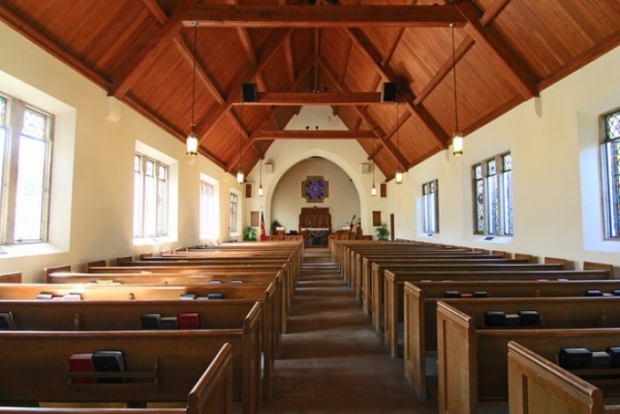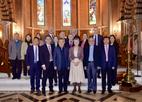The decade from 2000 to 2010 was when urbanization in many parts of China advanced rapidly. During this period, countless people chose to move to cities from their rural hometowns to make a living. The decade could be said to be the first golden period for the emergence and development of migrant worker churches.
However, currently, migrant worker churches are facing many challenges under the background of urbanization adjustment which has been going on over the past few years. The apparent problem is that churches are losing believers. A few days ago, I visited a second-tier city in East China to interview grassroots pastors of two local migrant worker churches.
Their church is located in an industrial park area on the outskirts of the city, surrounded by many factories. Pastor D, the leader of the church, shared that the church had experienced three waves of relatively large losses of membership in recent years.
Pastor D said, “The first batch left a few years ago because many believers’ children couldn’t go to school smoothly here. Finally, these believers had no choice but to leave. The second batch left was because many small factories here at that time caused serious environmental pollutions and they closed down. Many believers worked in these small factories. The third batch is leaving soon. Many older migrant workers are unwilling to accept it, but formal companies and enterprises don’t want them. They can’t meet their employers’ requirements of skills and education level.”
Another pastor shared that the situation faced by migrant worker churches in first-and second-tier cities might become increasingly severe in the future. The development opportunities of migrant worker churches in these cities are becoming less and less. Under such circumstances, many people either choose to go to the economically underdeveloped third-and fourth-tier cities instead, or choose to go back to the countryside, but what are they going back to do? They might do farming but they would find no fields. The land has been taken back. But what else could they do?
Talking about the impact and changes brought by the pandemic on serving migrant workers, Pastor D said that they could basically maintain the gathering in the form of groups and listen to the sermons online. Even on Sundays, they couldn’t meet on-site due to the pandemic and other reasons. He added that the structure of their church groups had started before the pandemic several years ago, so the impact of the pandemic in the past two years was relatively small. However, as far as he knew, some churches had never operated in groups, and the pandemic and environment had had a great impact on them, resulting in a large-scale loss of believers.
Pastor D concluded that they still found some problems that “there is still a gap between group gatherings and in-person services mainly because the spiritual atmosphere can’t be strong enough, and then because it is a group gathering, other relationships outside group members can’t be established.”
- Translated by Charlie Li












